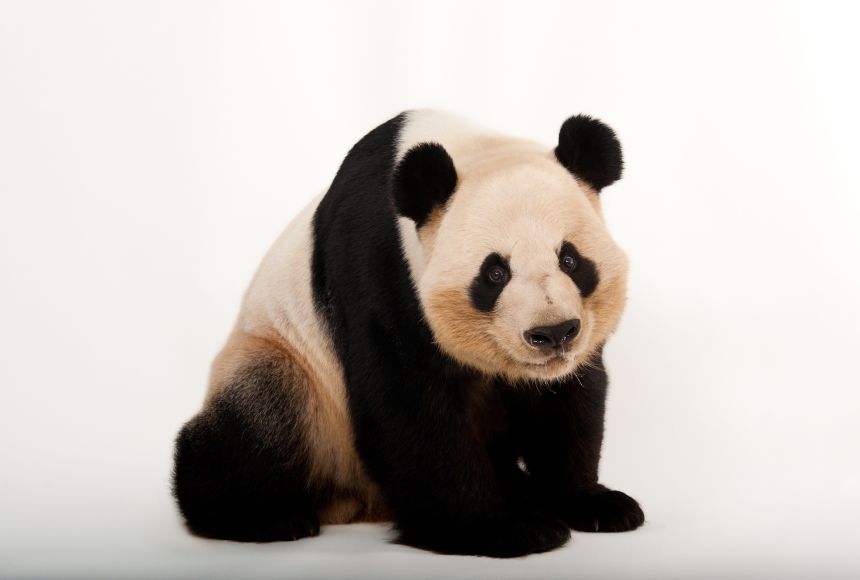Endangered Species

Endangered Species
Definition:
- Organisms (plant, animal, fungus, microbe) threatened by extinction.
- Main causes: Loss of habitat and Loss of genetic variation.
1. Loss of Habitat:
- Natural: e.g., Dinosaurs extinct due to Cretaceous climate change.
- Human-induced:urbanization, agriculture, industry → reduces habitats.
- Example: Amazon rainforest cleared for cattle ranches.
- Indirect effects: Tree loss → dependent species endangered.
- Invasive species: Non-native species disrupting ecosystems.
- Climate change: Melting ice (polar bears), rainfall decrease (golden toad).
2. Loss of Genetic Variation:
- Reduces adaptability to environmental changes.
- Causes:
- Inbreeding → disease vulnerability (e.g., cheetahs).
- Overfishing → fewer breeding pairs.
- Monoculture → reduced crop genetic diversity (e.g., Russet Burbank potato).
3. IUCN Red List Categories:
- Least Concern (LC): widespread, abundant (e.g., Arctic fox, Brown bear).
- Near Threatened (NT): may qualify as threatened soon (e.g., American bison).
- Vulnerable (VU): population decline 30–50%, small range/area, <10,000 mature individuals (e.g., Ethiopian Banana Frog, Tahiti Reed-warbler).
- Endangered (EN): population decline 50–70%, small range, <2,500 mature individuals (e.g., Indus River Dolphin, Big Leaf Mahogany).
- Critically Endangered (CR): decline 80–90%, range <100 km², <250 mature individuals (e.g., Bolivian Chinchilla Rat, Galápagos Pink Land Iguana).
- Extinct in the Wild (EW): survives only in captivity (e.g., Alagoas Curassow, Wyoming Toad).
- Extinct (EX): no individuals exist (e.g., Cuban Macaw, St. Helena Olive).
4. Conservation Measures:
- Legal: Endangered Species Act (USA), CITES.
- Community: Indigenous groups protecting species (e.g., Wampis Nation protecting mahogany).
- Individual Action: Donate, wildlife gardens, visit conservation areas, awareness campaigns.
- Global Initiatives: National Geographic Photo Ark, Convention on Biological Diversity (CBD).
Fast Facts:
- Climate change, overharvesting, habitat destruction remain major threats.
- Conservation requires a mix of legal, social, and scientific efforts.
Updated - 12 Sept 2025 ; 12: 23 PM | https://education.nationalgeographic.org/resource/endangered-species/